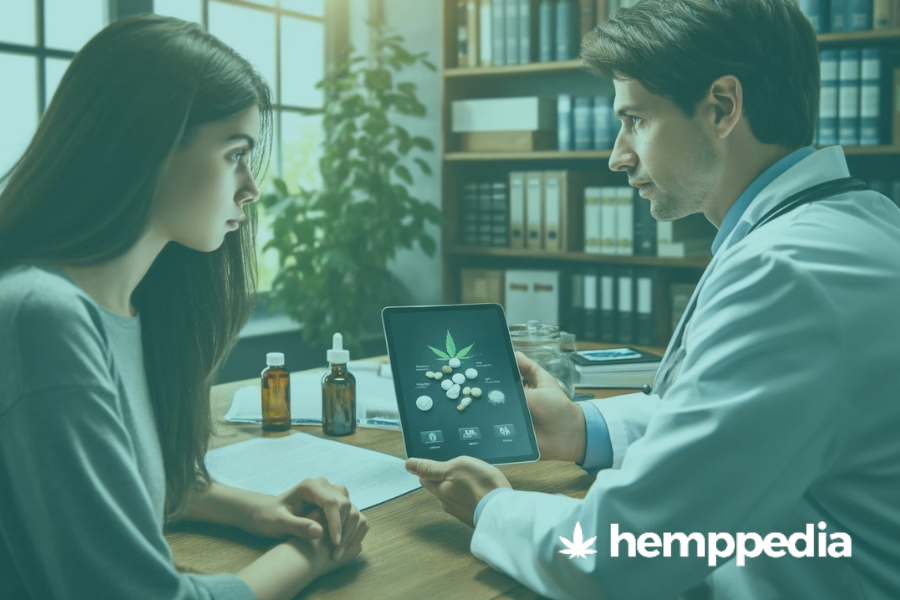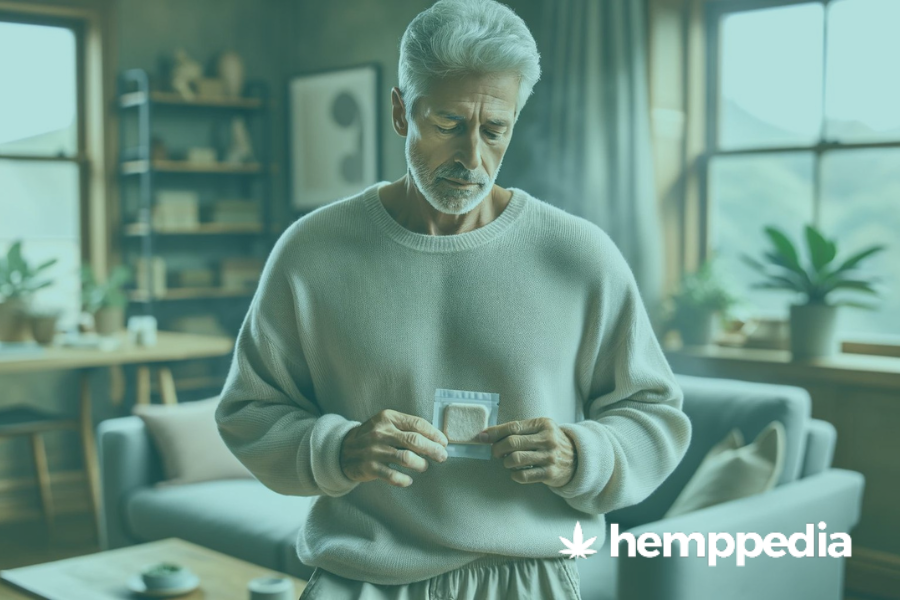What is CBD?
The purpose of using CBD oil or other products with a high concentration of CBD is not to get “high”, but to take advantage of the many health benefits that come with consuming CBD. Learn more about the difference between CBD and THC.
Health Benefits of Using CBD Oil
- Pain Relief
- Reduces Inflammation
- Relieves Anxiety and Stress
- Improved Sleep
- Muscle Relaxant
- Fight Cancer
- Alleviate Skin Conditions
- Promotes Heart Health
- Reduces Acne
- Diabetes Prevention
Related Article: 5 Facts About CBD You Need To Know
Can you Pass a Drug Test After Taking CBD?
How is CBD Oil Made?
What is The Endocannabinoid System and Why is it Essential for Good Health?
A simple google search for the word “cannabis” will bring back thousands of results. If you add the word “cannabinoid,” the results will double. There are more than 10,000 scientific journals on cannabis and the benefits of cannabinoids. As we continue to sort through the thousands of scientific studies involving cannabis and cannabinoids, one thing is certain: a functional cannabinoid system is essential for good health.
You may be wondering; how can a single herb help so many different conditions and be safe while offering such powerful effects? The answer is actually quite simple.
First, we need to understand the Endocannabinoid System1. Our bodies contain a special system called the endocannabinoid system. The endocannabinoid system (which is named after the plant that led to its discovery) is involved in regulating sleep, appetite, pain and immune system response2.
The body produces something called endocannabinoids, which are neurotransmitters that bind to cannabinoid receptors in your nervous system. Interestingly, the endocannabinoid system was not discovered until the 1980s. This specialized system contains the CB1 and CB2 receptors.
What are Cannabinoid Receptors?
CB1 receptors are located in the nervous system, connective tissues, gonads, glands, and organs. At the same time, CB2 receptors are found in the immune system, spleen, heart, kidneys, bones, blood vessels, lymph cells, endocrine glands, and reproductive organs.
There are many tissues that contain both CB1 and CB2 receptors. Researchers today suspect that there may be a third cannabinoid receptor which has yet to be discovered.
What Do Cannabinoid Receptors Do?
Phytocannabinoids
Phytocannabinoids are plant substances that can stimulate the body’s cannabinoid receptors. Delta-9-tetrahydrocannabinol, or THC, is the most psychotropic of these and undoubtedly the most famous of these substances, but other cannabinoids such as cannabidiol (CBD) and cannabinol (CBN) are gaining the interest of researchers due to the variety of healing properties. Most phytocannabinoids have been isolated from Cannabis Sativa, but other medicinal herbs, such as Echinacea Purpura have been found to contain non-psychotropic cannabinoids as well. Even the cannabis plant itself uses THC and other cannabinoids to promote its own health and prevent disease.
Antioxidant Properties
Cannabinoids have antioxidant properties that protect the leaves and flowering structures from the dangers of the sun’s UV rays. Cannabinoids neutralize the harmful free radicals generated by UV rays, protecting the cells. In humans, this causes aging, cancer, and impaired healing. Antioxidants found in plants have long been promoted as natural supplements to prevent harm.
Studies have shown that CBD may help reduce chronic pain by impacting endocannabinoid receptor activity, reducing inflammation and interacting with neurotransmitters. For instance, one study in rats found that CBD injections reduced pain response to surgical incision, while another rat study found that oral CBD treatment significantly reduced sciatic nerve pain and inflammation3 . Several human studies have found that a combination of CBD and THC is effective in treating pain related to multiple sclerosis and arthritis.
How Will CBD Affect your Body?
Although CBD is considered a safe substance to take, as with any health supplement there are a few known possible side effects.
The possible side effects of CBD are:
1. Dry mouth
2. Low blood pressure
3. Lightheadedness
4. Drowsiness
References
- Lee, M.A.: The Discovery of the Endocannabinoid system. Retrieved from http://www.beyondthc.com/wp-content/uploads/2012/07/eCBSystemLee.pdf (2010 [↩]
- Mouslech Z, Valla V. (2009).Endocannabinoid system: An overview of its potential in current medical practice. Neuro Endocrinol Lett. 30(2):153-79 [↩]
- Genaro, K., Fabris, D., Arantes, A., Zuardi, A., Crippa, J. and Prado, W. (2017). Cannabidiol Is a Potential Therapeutic for the Affective-Motivational Dimension of Incision Pain in Rats. Frontiers in Pharmacology, 8. [↩]



